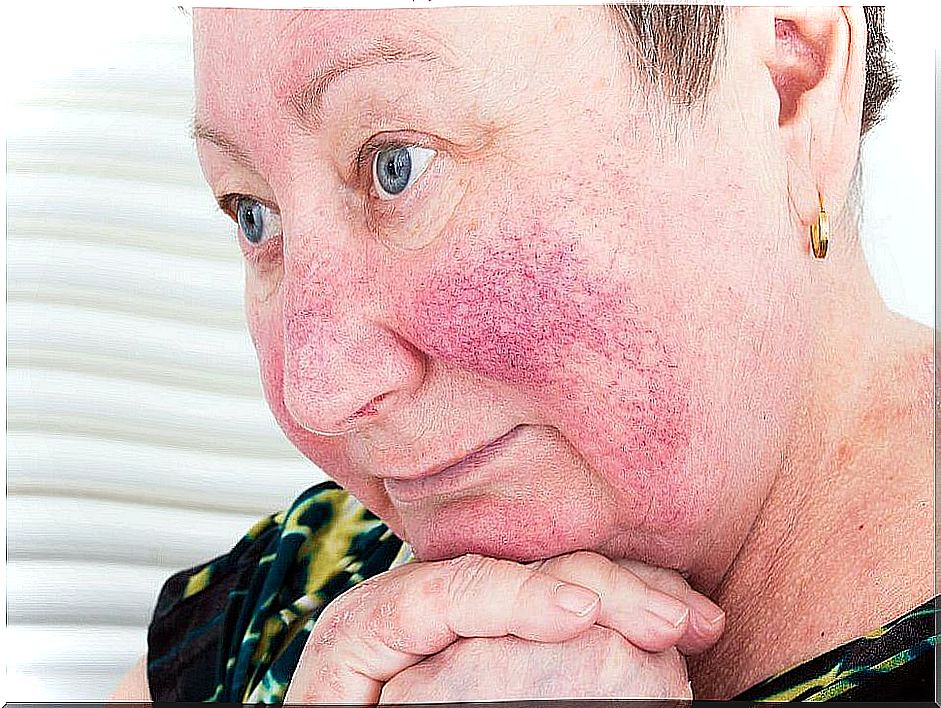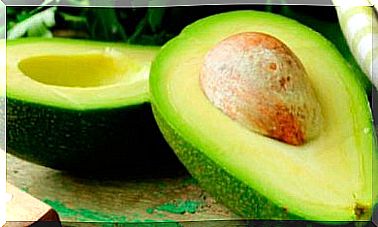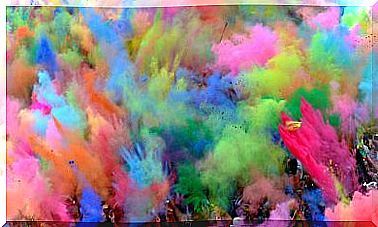Common Skin Diseases
Have you ever wondered what are the most common skin diseases? Surely, when you try to list them, you think of acne and … any other? In case many do not come to mind, you can review the following list.
The skin is the largest human organ in the body and provides protection to all its systems. However, we rarely think of the skin as an organ that requires daily attention and care, not only to keep it looking good, but to prevent various diseases.
Acne and psoriasis are usually the skin diseases that most easily come to mind, however, there are others that tend to occur frequently.
Atopic dermatitis (eczema)
Atopic dermatitis is an itchy skin inflammation that can be accompanied by asthma and manifests as eczema that affects any area of the skin. However, it frequently occurs on the arms and anterior to the knees.
Its causes have not been identified and it can manifest itself in children during their first year of life. The itching is very intense and is usually long-lasting.
To treat it, personal care measures are recommended to reduce or relieve the itching, such as applying creams and avoiding soaps, especially those with a too characteristic odor, since eczema can sometimes be evidence of the use of many chemicals synthetics.
Alopecia areata
Alopecia areata is another of the common skin diseases. It affects the hair follicles, the areas where hair grows. In most cases it occurs in some specific parts of the head where the hair completely disappears.
The diagnosis can be made by the appearance of the hairless areas, although in other cases there is a need for biopsies of the affected skin area.
Alopecia is more common in people who have family members who have suffered from it, since genes are an important factor. It is autoimmune, in this way, it produces antibodies that the immune system cannot eliminate. Photochemotherapy and other alternative therapies can be implemented for its treatment.

Acne, one of the most common skin diseases
The skin has a series of microscopic holes called pores, and when these become clogged and the sebaceous cells produce too much oil, the pores become clogged. If the upper part of the follicle turns white it is called miliary acne and if it turns black it is a black pimple.
The causes can be varied and range from genetic inheritance to excess fat in food. Also, it can be caused by hormonal changes that normally occur in adolescence and that can trigger some self-esteem problems.
It is recommended to avoid breaking them since swelling and wounds may appear that, in the long term, will leave the skin with marks. To treat acne, it is recommended to clean the face with water and some mild soap and, in addition, you should always avoid squeezing or scratching the affected areas.
Psoriasis
Psoriasis is one of the common skin diseases. It causes itchy and painful patches of reddened skin with some silvery scales. This disease accelerates the cell renewal process, which causes new cells to appear in a short time and accumulate on the surface.

In addition to itching, this disease can cause other discomforts, such as pain. It can manifest itself on the scalp, elbows, and knees, among other parts of the body. Sometimes it persists for a long time and is often made worse by dry skin, stress, and certain medicines.
Warts
Warts are produced by a virus (papilloma) and are transmitted from skin to skin, maintaining a state of latency in case it does not find the right conditions at first.
Warts can affect anywhere on the skin and appear as tumors that are usually not painful. For its treatment it is recommended to stimulate the immune system with treatments such as some chemicals or petroleum jelly.
Rosacea
Rosacea is the last of the common skin diseases. It is a skin condition that can cause redness and swelling. It is believed to be caused by an expansion of blood vessels, especially in the face, which project a flushing effect. It can also be hereditary.

Among the causes are some external factors such as increased temperature, intense physical effort, very cold temperatures and menopause, among others. It is believed its appearance has no relationship with any bacteria, therefore, only some type of antibiotic is needed to give it a solution.
When to go to the doctor if you suspect common skin diseases?
Perhaps you have identified with one of these common skin diseases. Someone in your family may even suffer from one of them. The important thing is to treat them properly and try to prevent their appearance. For this, it is essential to go to a dermatologist.









